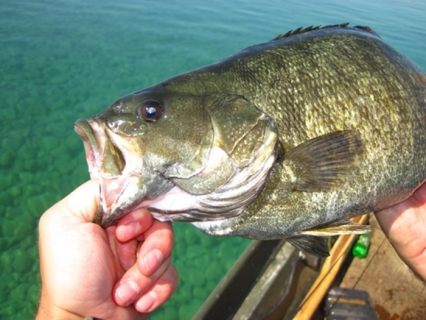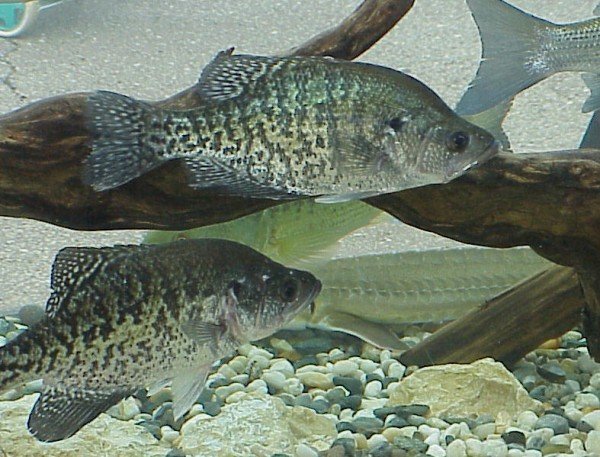Sunfish and bass are two popular summer fly fishing targets, but many anglers overlook crappies when it comes to taking fish on a fly.
Crappies can be tougher to locate and catch during the summer, but fly fishing offers a different approach that can help you catch more crappies during the hottest months. Here are a few key tips in three key areas for taking crappies with a fly rod.
Best Crappie Flies
While it is possible to catch crappies on both wet and dry flies, your best choice during the heat of summer is to use wet flies, because the fish are often found in deeper water. In some cases the fish will be in 20 or 30 feet of water.
Some of the most effective summer crappie flies are minnow imitations, because minnows make up a significant portion of a crappie’s diet. Some of the best patterns include the Clouser minnow, zonker, cappie candy or a bucktail streamer like the Mickey Finn. White or silver are effective colors, but bright colors like orange, chartreuse and yellow work well too. Try slow or jerky retrieves to entice a bite. Pausing frequently during your retrieve is an effective tactic.
Nymph patterns are also a good choice for crappies, because the fish eat a lot of aquatic insects. Try a beadhead version of the prince, hare’s ear or pheasant tail. Short, quick movement often produce the most hits.
Your best shot for catching crappies on dry flies during the summer are in the early morning or evening, when the fish often move into shallow water. Try a generic fly like the adams or royal wulff.
Presentation
Crappies like to feed on foods that are above them. This means you will be more effective if you can keep your fly on top of the crappies, so they can rise to take it.
If you are on top of a school of crappies, keep your fly between 1-3 feet above the school.
Gear
The ideal fly rod for crappies is a 3 weight rod, but a 4 or 5 weight works well too. You want to keep it light, because crappies generally are light biters and it is easier to detect a strike with a light setup.
For most applications, floating line will be the best choice, but if the crappies are particularly deep, you might want to try a sinking tip line in order to get your fly down near the fish.
In general, a leader and tippet of 9 feet is a good place to start. You may go longer or shorter depending on the depth of the fish, but crappies tend to spook easily, so a longer leader and tippet will reduce the chance of scaring the fish.
A strike indicator is often helpful when fly fishing for crappies. It is not uncommon for crappies to just inhale their food, rather than hitting it hard. A strike indicator can help you see those light bites and you will miss fewer fish.
Photo credit: Wikimedia
Fish gallery
-
Fishing Files
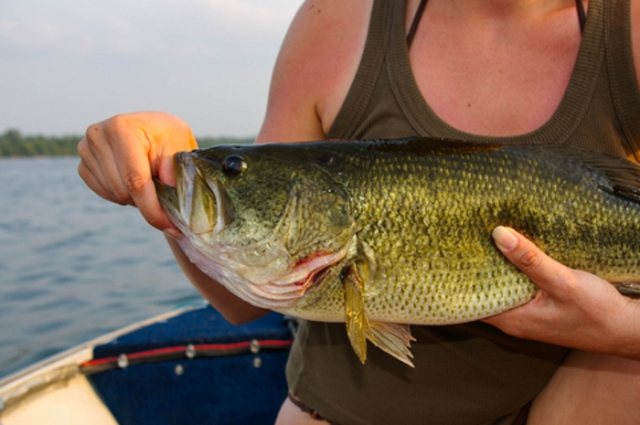
-
Striped Bass
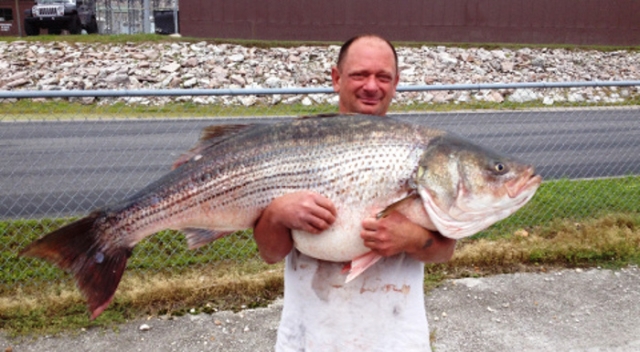
-
Fishing Files
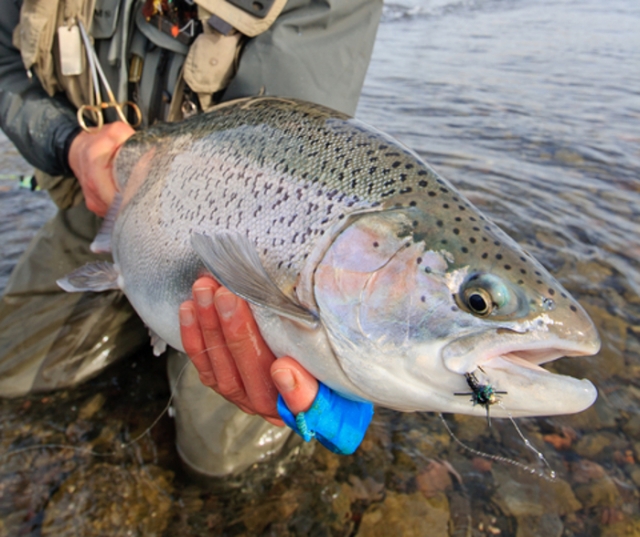
-
Smallmouth Bass
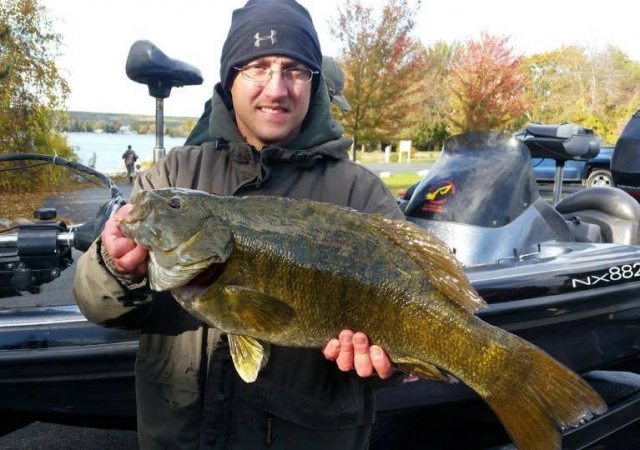
-
Fishing Files
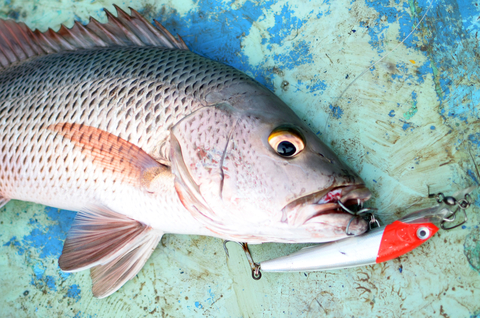
-
Fishing Files
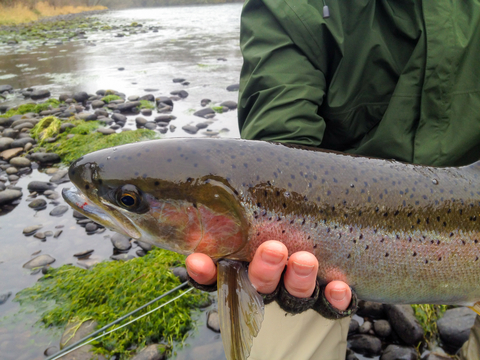
-
Largemouth Bass
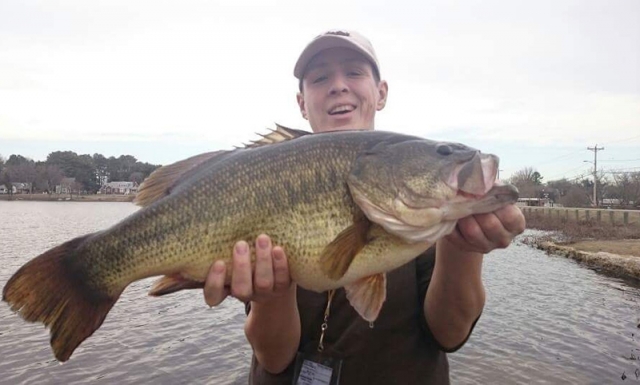
-
Fish fail in Russia
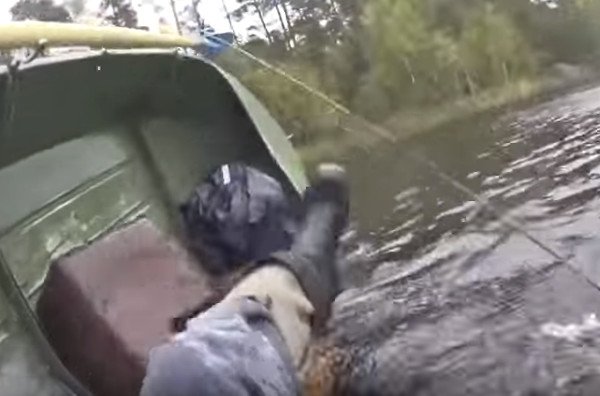
-
Bait fish
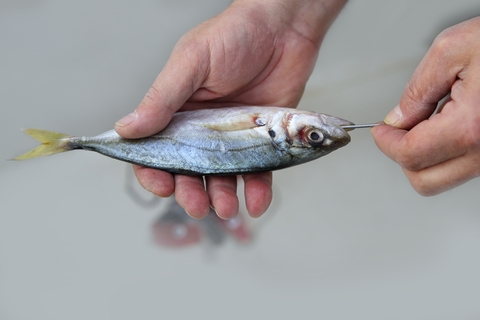
-
Fishing the weeds

-
Fishing Waders
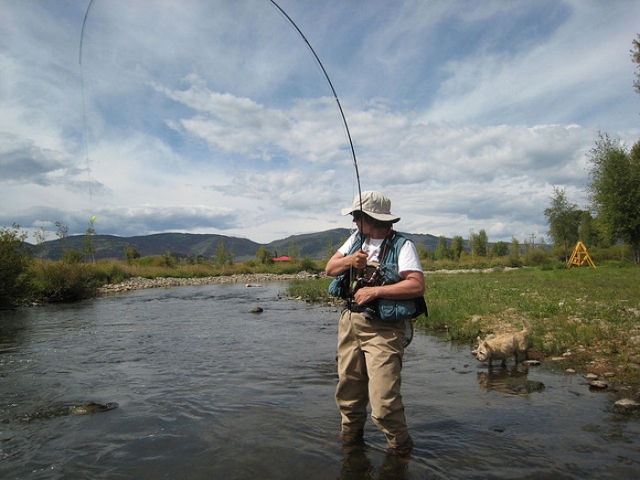
-
Old Man Fishing
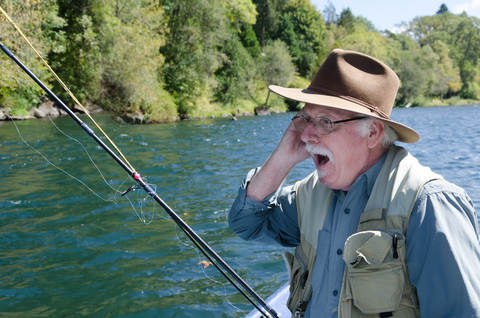
-
Fishing

-
City Fishing
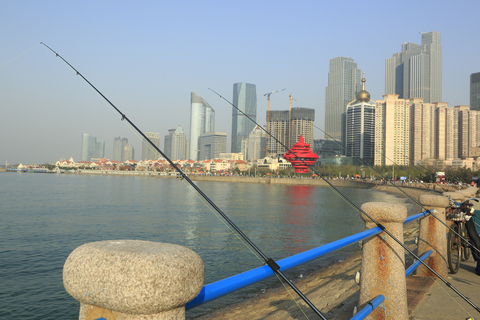
-
Fishing the cold
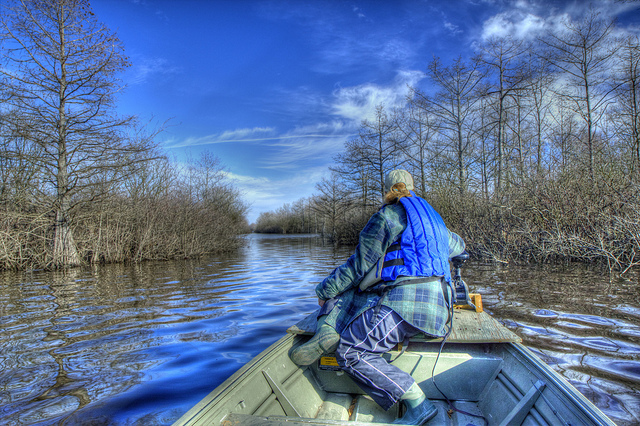
-
Fishing sunset
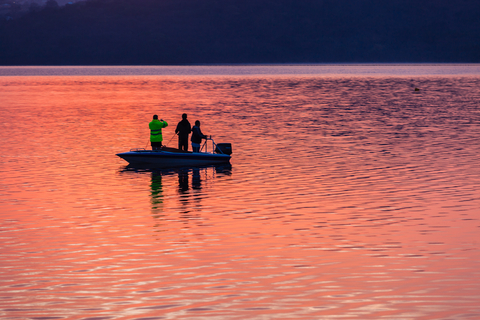
-
Bank fishing
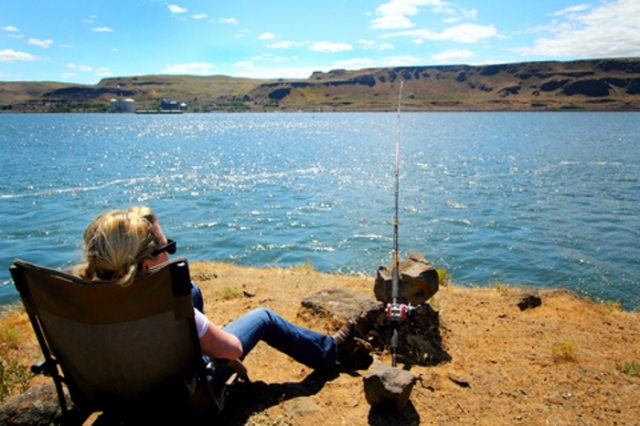
-
Day glow fishing boat
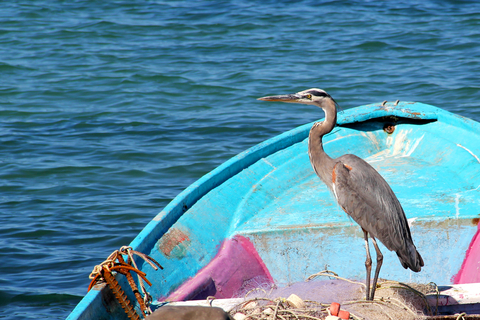
-
Fishing Pro

-
Fishing

-
Fly fishing

-
Fishing Files

-
Fishing Files
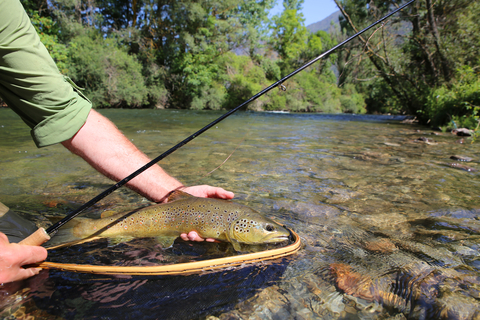
-
Fly reel
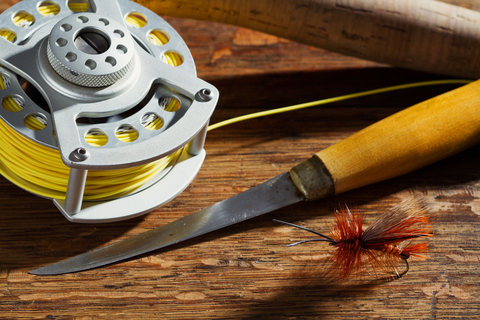
-
Gar Fish

-
Golden Trout
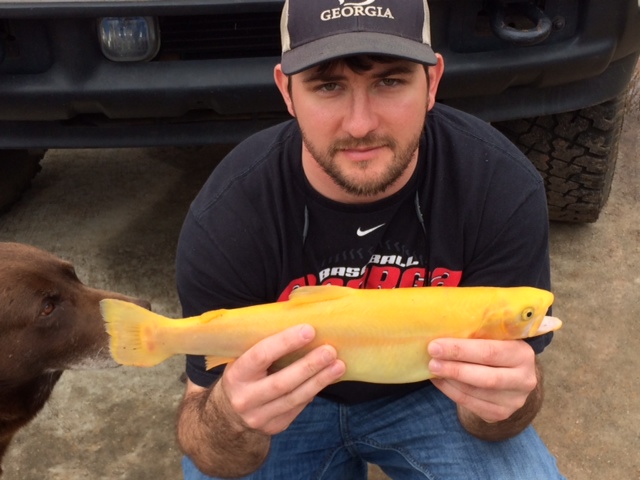
-
Ice Auger
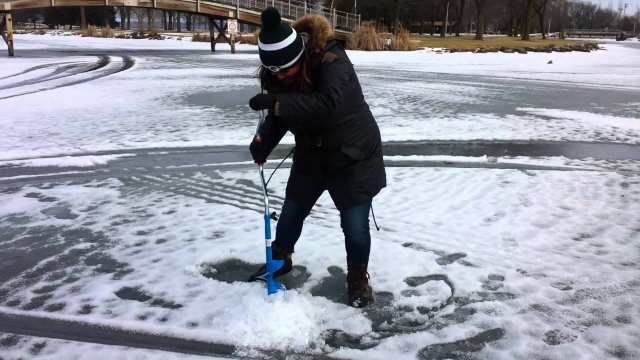
-
Ice Fishing
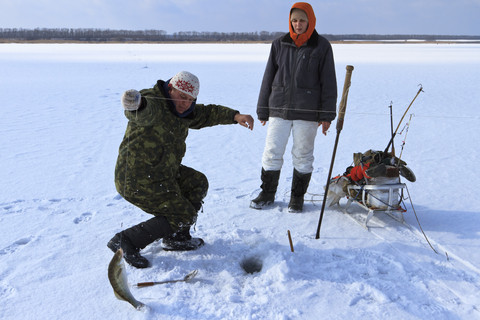
-
Halibut
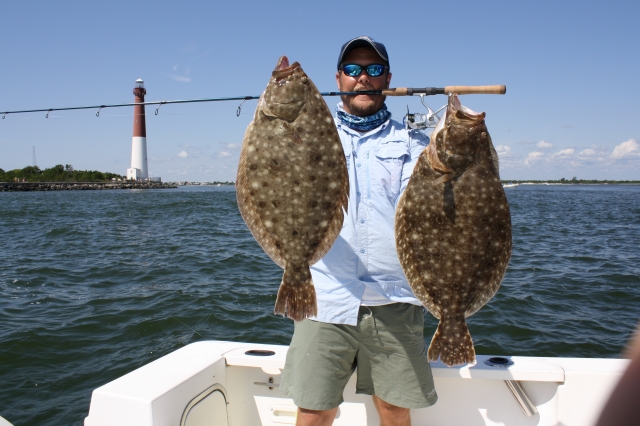
-
Bass Fish
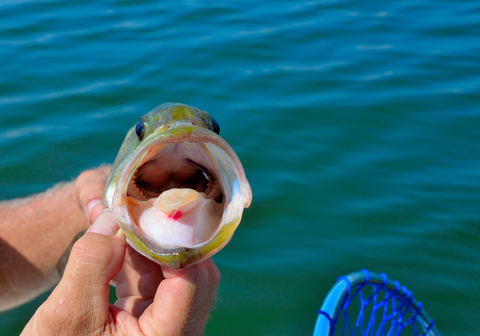
-
Lobster Dog

-
Marlin Fishing
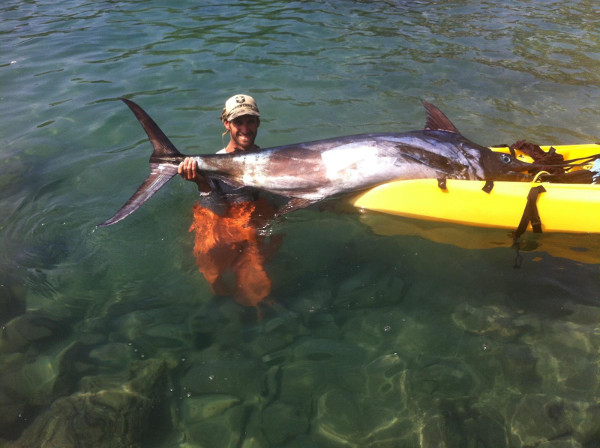
-
Muskie
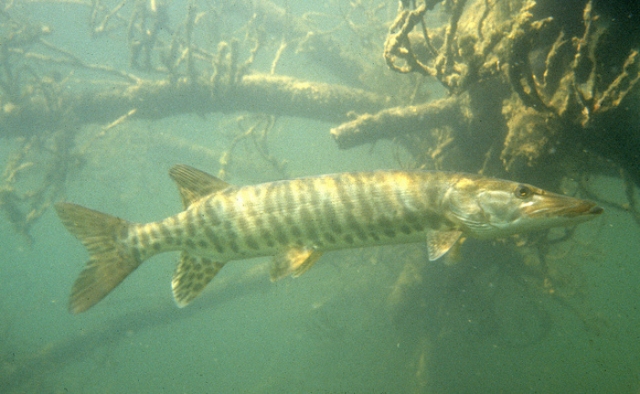
-
Fishing Files
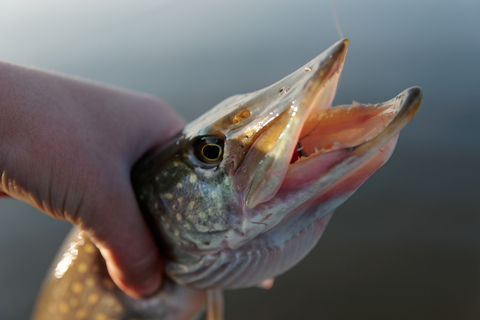
-
Nymph
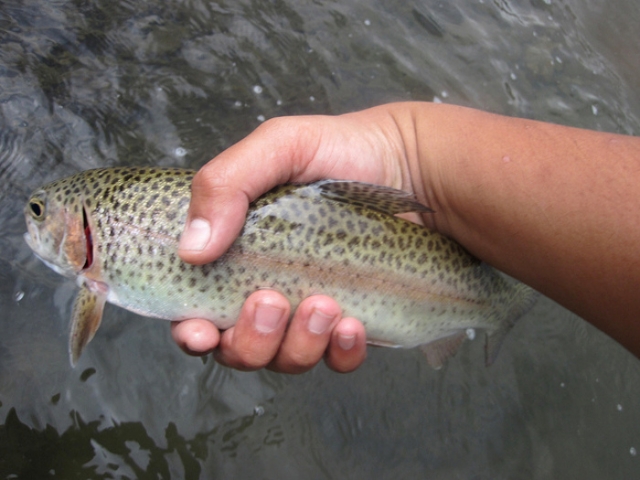
-
Oarfish

-
Obama Fishing
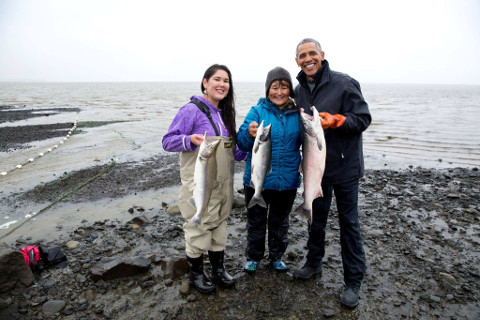
-
Panfish
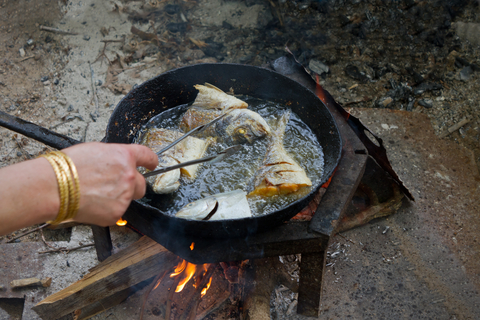
-
Pelican

-
Fishing Files
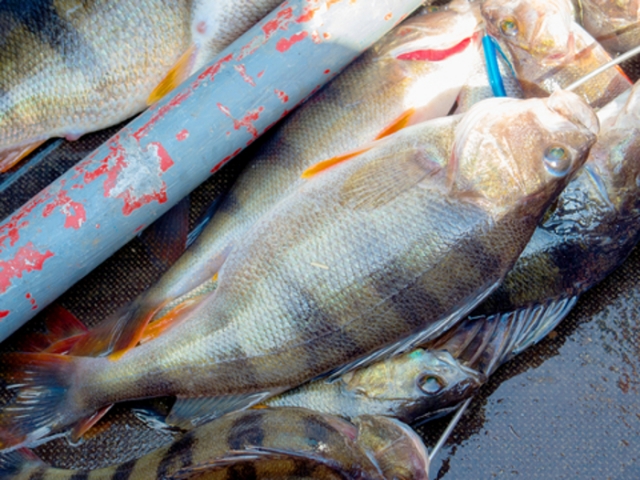
-
Fishing Files
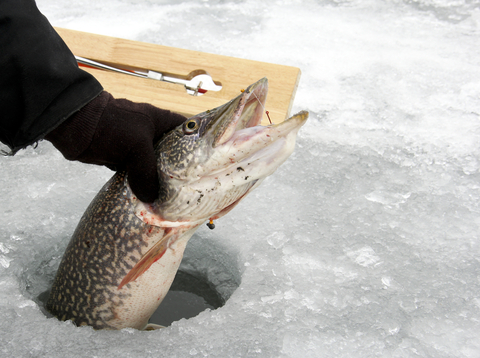
-
Fishing Files
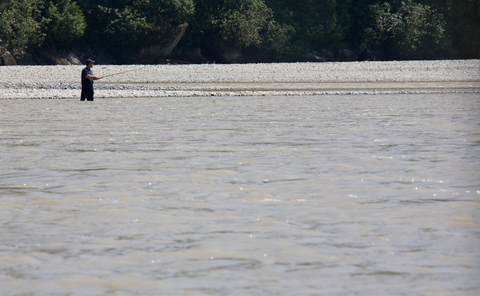
-
Fishing Files

-
Fishing Files
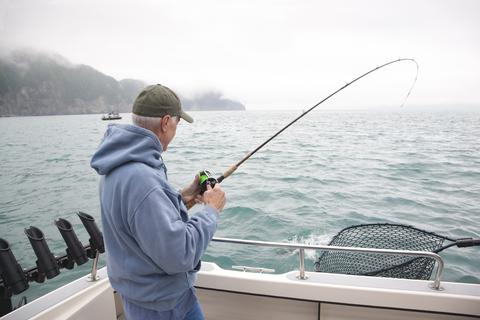
-
Fishing Files
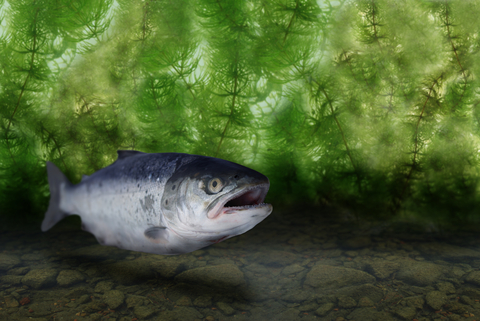
-
Fishing Files
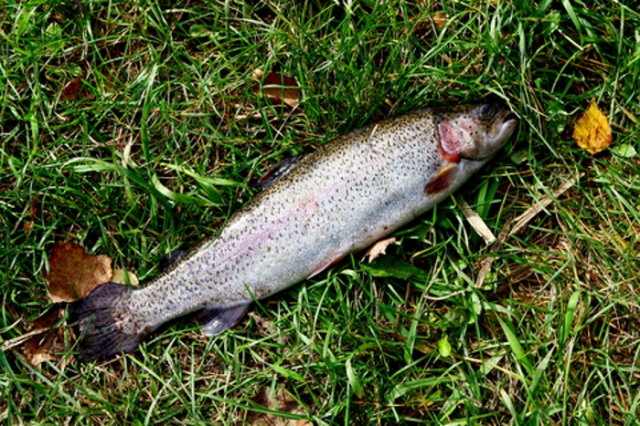
-
Fishing Files
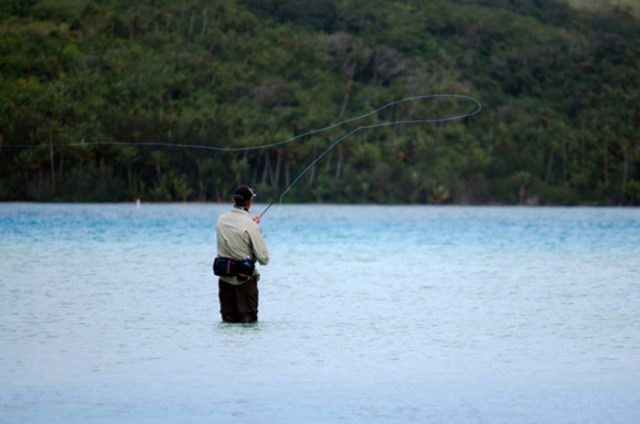
-
Fishing Files

-
Snakehead
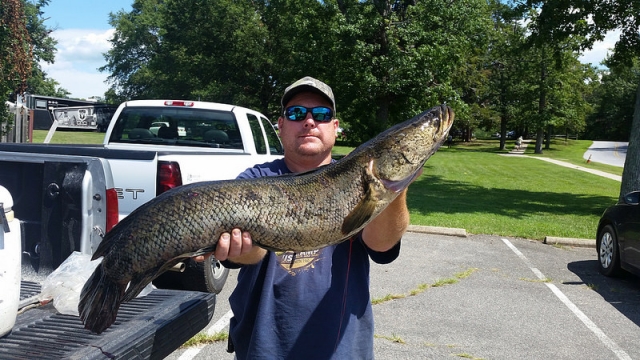
-
Spinner Shark

-
Spotted Bass
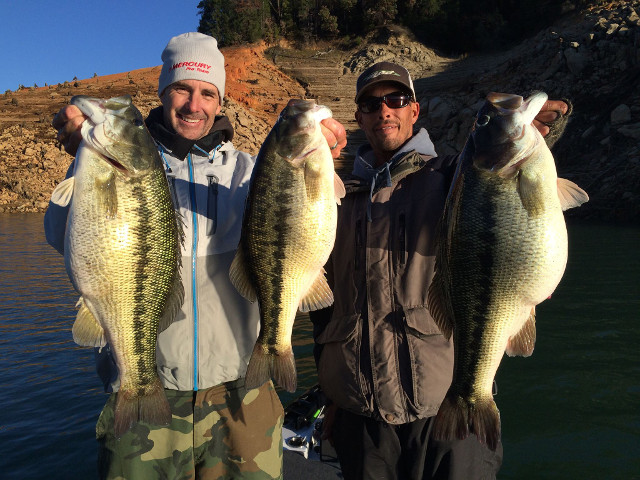
-
Striped Bass
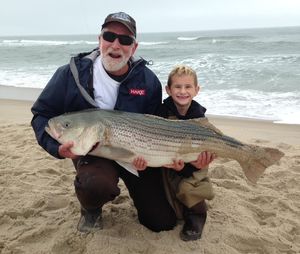
-
Sturgeon

-
Fishing Files

-
Trout Fishing
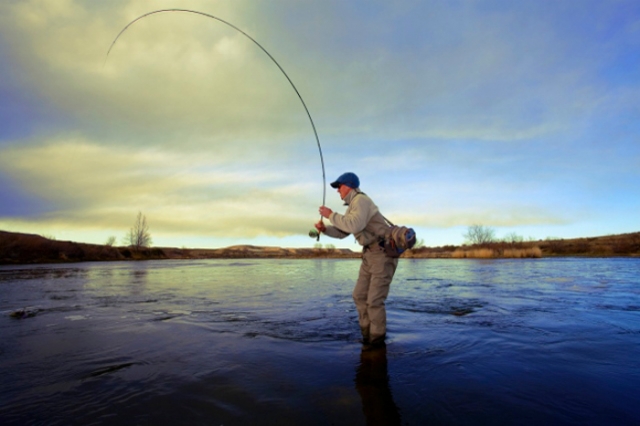
-
Fishing Files

-
Fishing Files
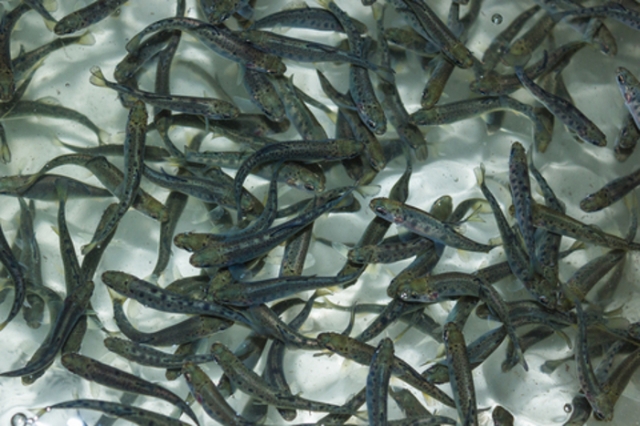
-
Fishing Files

-
Fishing Files

-
Northern Pike

-
School of Karanteen
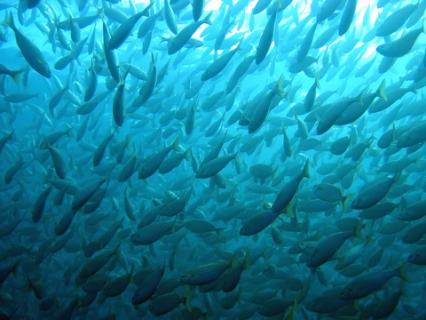
-
Walleye
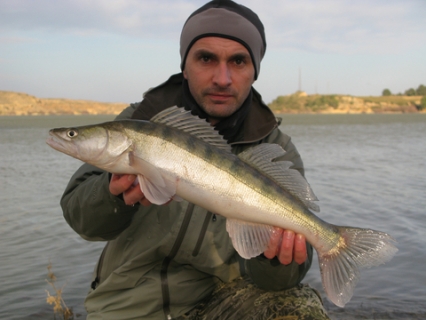
-
Goliath Grouper

-
Barracuda
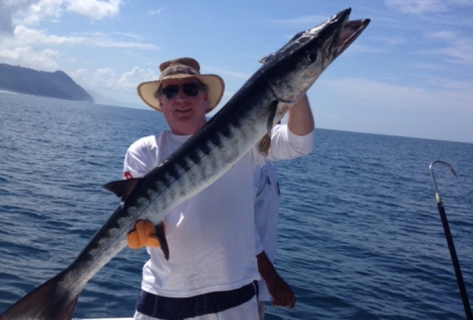
-
European Chub
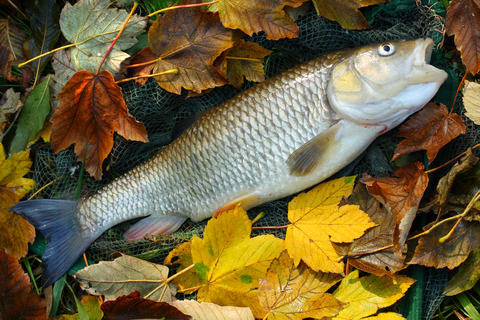
-
Drum Fish
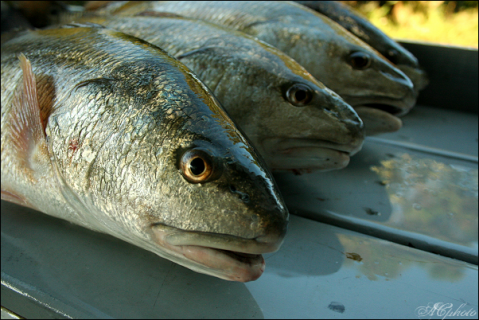
-
Grouper
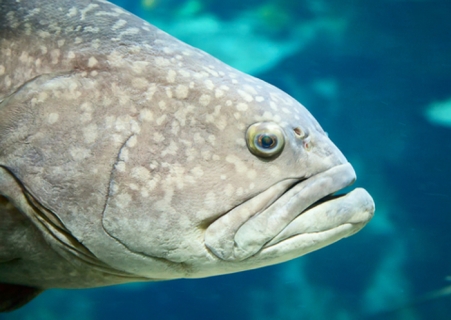
-
Blue Catfish

-
Catfish
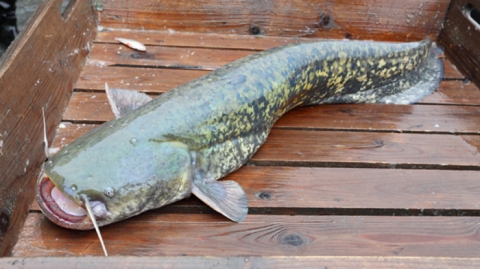
-
Star Puffer Fish
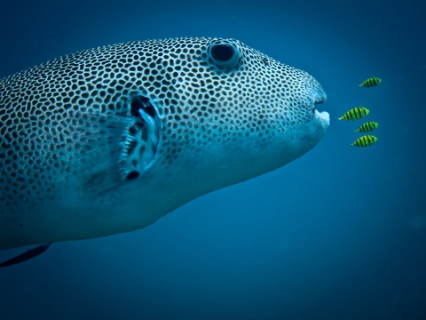
-
Napoleon Fish
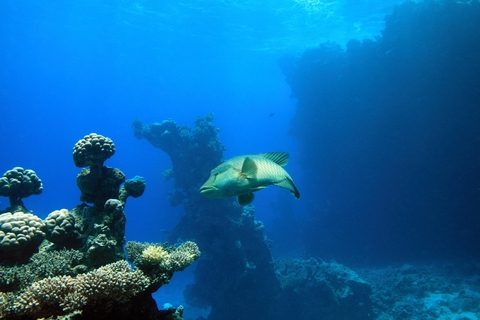
-
Smoked Trout
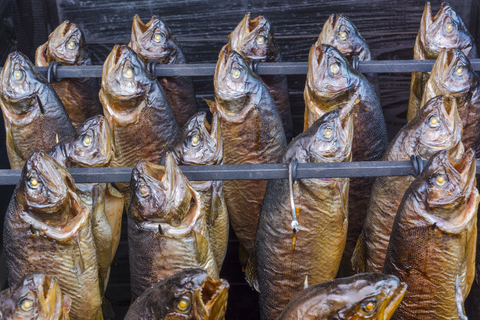
-
Perch
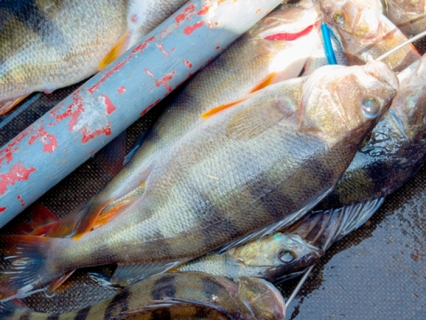
-
Smallmouth Bass
